Setting Up a GPU Development Environment Using Docker
PyImageSearch
OCTOBER 16, 2023
This lesson is the last of a 3-part series on Docker for Machine Learning : Getting Started with Docker for Machine Learning Getting Used to Docker for Machine Learning Setting Up a GPU Development Environment Using Docker (this tutorial) To learn how to set up your GPU development environment, just keep reading.


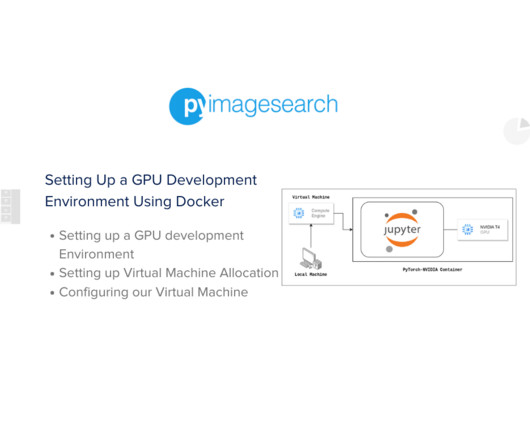
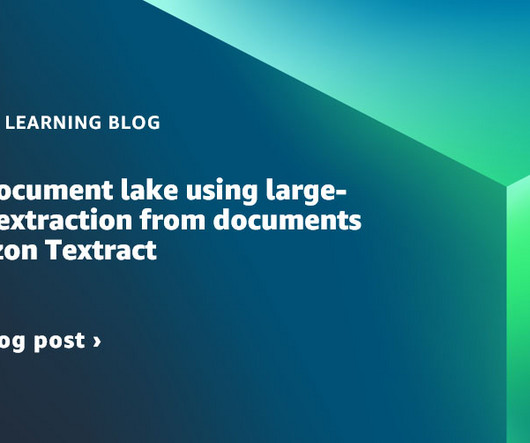
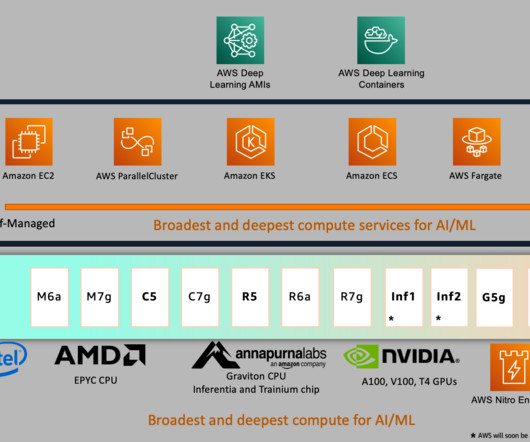
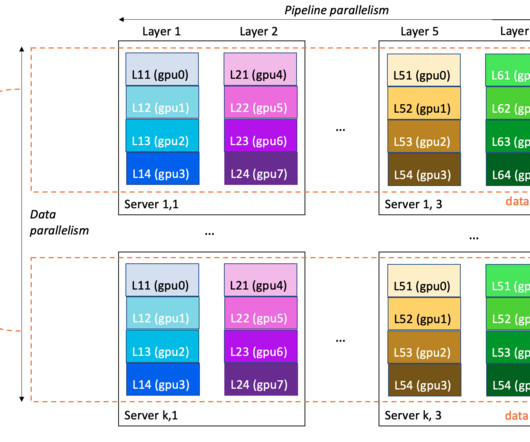
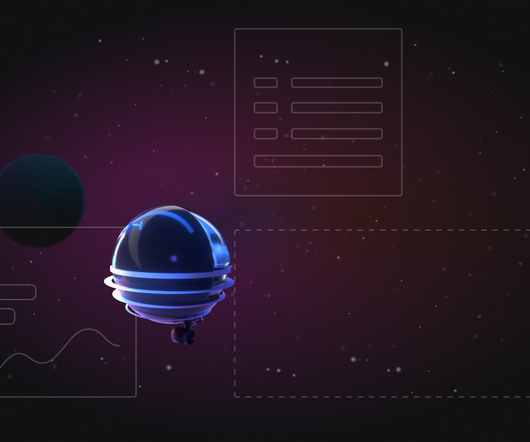






Let's personalize your content